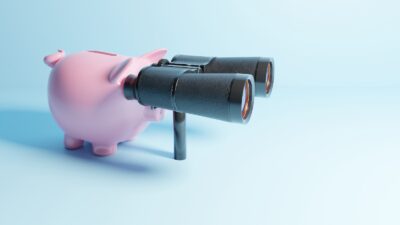Rolls-Royce (LSE: RR) has had a long and (at times) turbulent history, including being taken into state ownership in 1971. However, it was floated on the stock market at 170p a share in 1987 and long-term investors have enjoyed an excellent return, despite some ups and downs along the way.
The shares reached an all-time high of well over 1,200p four years ago but lost more than half their value over the next two years due to a string of profit warnings. A recovery to close at 1,000p by November last year has stalled and the shares are currently trading not much above 800p.
Rolls-Royce isn’t the only FTSE 100 stock with turnaround potential in the market today, but I believe its quality management team can deliver and unleash the latent upside of over 50% to the stock’s previous high.
Should you invest £1,000 in BAE Systems right now?
When investing expert Mark Rogers has a stock tip, it can pay to listen. After all, the flagship Motley Fool Share Advisor newsletter he has run for nearly a decade has provided thousands of paying members with top stock recommendations from the UK and US markets. And right now, Mark thinks there are 6 standout stocks that investors should consider buying. Want to see if BAE Systems made the list?
Turnaround
Warren East, the former boss of British tech champion ARM, took over as chief executive of Rolls-Royce in 2015. The company was in the midst of battling headwinds from the collapse of the oil price, which was hurting its Marine division, and managing a major transition in its Aerospace business from mature engines to next-generation, more fuel-efficient ones.
However, East identified a need for a wholesale transformation of the group’s management, processes and culture. He’s already achieved a great deal but the restructuring is still in process. The company announced on 17 January that it’s embarking on a further simplification of the group, including a potential sale of the commercial arm of its Marine division and a reduction from five operating businesses to three core units based around Civil Aerospace, Defence and Power Systems.
The company has achieved the target East set in 2015 of a fixed cost reduction rate of over £200m by the end of 2017 and the new measures will strip further costs and complexity out of the business. CFO Stephen Daintith commented: “We are taking decisive action now in order to secure and enhance the long-term benefit of the cash flows that will be generated over the coming years.”
Free cash flow set to soar
The company hasn’t put a number on the future cash flow benefits. It said it’s still in the process of defining the restructuring but will give further details when it announces its annual results on 7 March and a fuller discussion at a capital markets event later this year.
Whatever the number turns out to be, I reckon it should support or enhance the analyst consensus free cash flow (FCF) estimates, currently published on Rolls-Royce’s website. These figures, shown in the table below, were compiled on 8 January — i.e. before the 17 January announcement of the further simplification of the business.
| FCF (£m) | |
| 2017 | 129 |
| 2018 | 405 |
| 2019 | 722 |
| 2020 | 1,002 |
The company’s previous peak FCF — in the year the shares made their all-time high of over 1,200p — was £781m. Even without any upgrades to the projections in the table, Rolls-Royce would be well on its way towards that figure next year, before soaring past it and breaking through the £1bn level in 2020.
As such, the shares have potential upside of in excess of 50% on a two-to-three year view, if management successfully executes its plans and the market rates the company on the kind of price-to-FCF multiple it did in the past. The risk/reward balance looks favourable to me and I rate the stock a ‘buy’.







